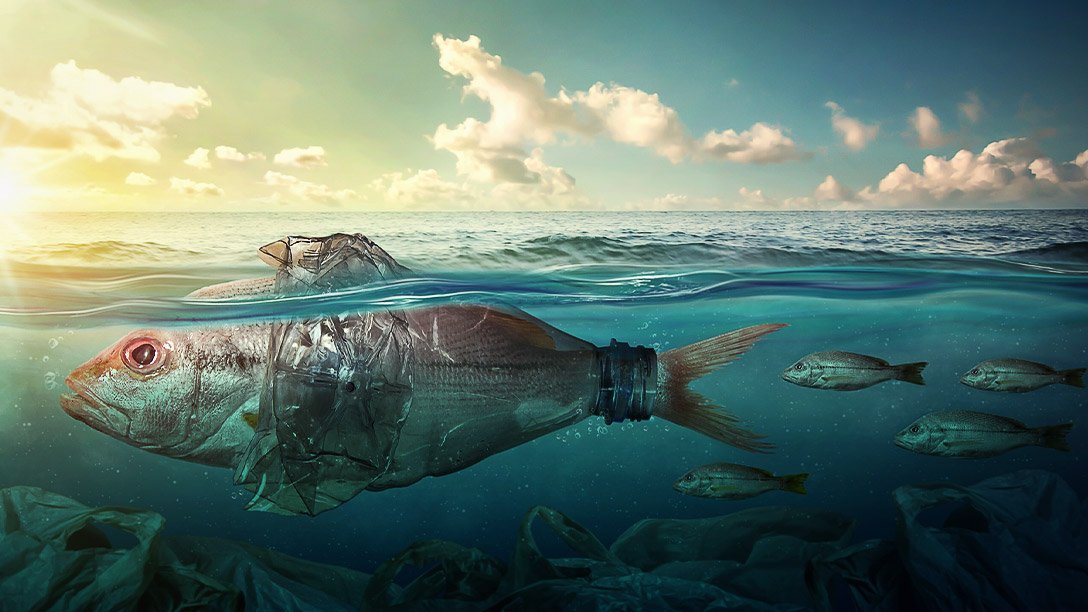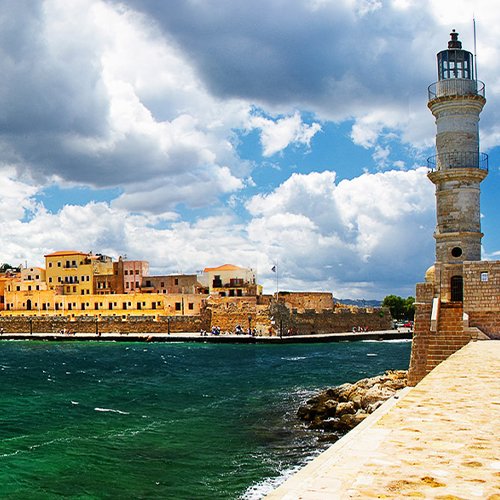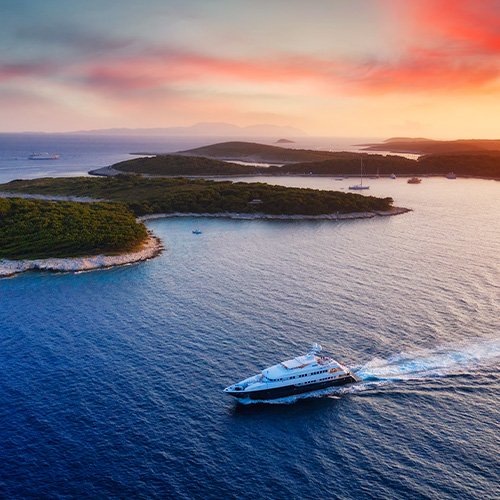Every year up to 12 million tons of plastic enter the oceans, according to figures published in the journal Science in 2015. The same year the study was made, the specialists made the assumption that until 2015 around 150 million tons of plastic have accumulated in the ocean. The same study shows that by 2040 up to 29 million tons of plastic will end up in the oceans. Unfortunately no one knows how much plastic, which is almost indestructible, accumulated on the ocean bedflor.
Scientists also estimate that more than half of sea creatures and nearly every sea bird have eaten plastic during their lifetime. The main reason plastic is considered a big threat is because it doesn’t go away.
Plastic decomposition times
1. Plastic bags
It is considered one of the biggest impacts on marine life. Even though they only make up a small litter percentage, plastic bags break up into smaller and smaller pieces, having devastating impacts on ocean wildlife. Plastic bags degrade in 20 years.
2. Coffee cups
You should consider to reduce the number of takeaway coffee cups. They also end up in the oceans and coffee cups degrade in 30 years.
3. Plastic straws
You should consider using a paper straw instead, or metal straws, you can take them with you while at sea or during holidays because plastic straws can be devastating for marine wildlife and remember that plastic straws degrade in 200 years.
4. Plastic bottles
The costs required to produce and transport plastic water bottles could fuel an estimated 1.5 million cars a year, yet approximately 75% of plastic water bottles end up in landfills, litter roadsides and oceans instead of being recycled. Plastic bottles degrade in 450 years.
The ocean with the most plastic waste
The main source of plastic that end up in the ocean are the rivers, dragged in the ocean by tides and currents. The accumulation of plastics is mostly influenced by wind and ocean currents. Because plastic usually float, it is transported by wind by the oceanic gyres. There are five major gyres, which are large systems of rotating ocean currents:
- North Pacific Gyre
- South Pacific Gyre
- North Atlantic Gyre
- South Atlantic Gyre
- Indian Ocean Gyre
Wind, tides, and differences in temperature and salinity drive ocean currents and these currents make up the systems of currents known as ‘gyres’, the term traditionally refers simply to large, rotating ocean currents.
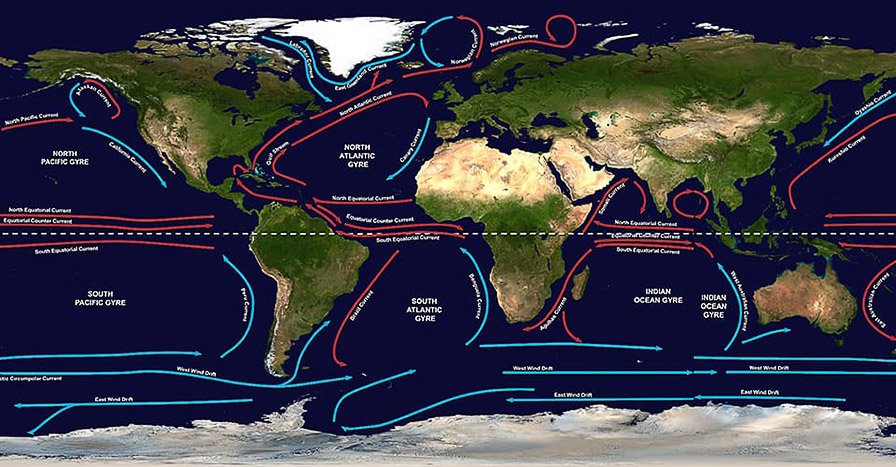
Oceanic gyre
Picture copyright: oceanservice.noaa.govOnce plastic entered the ocean, combined with the gyre, is tending to accumulate in the middle of the oceanic basins and much less around the perimeters.
According to Our World in Data, the estimates of the mass of plastic by ocean basin in 2013 were around 270.000 tonnes.
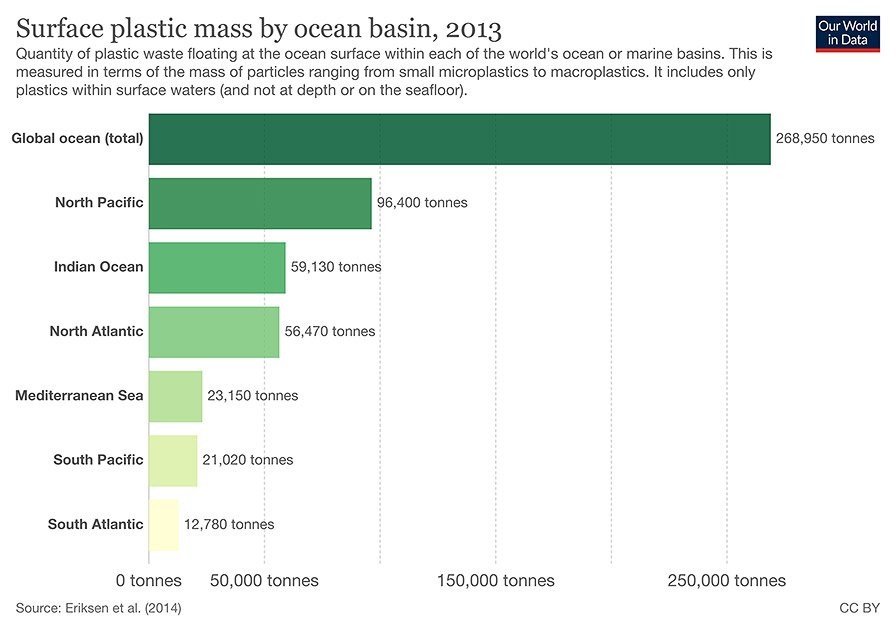
Plastic mass by ocean
Picture copyright: ourworldindata.orgAs presented in the above chart, the Northern Hemisphere basins had the highest quantity of plastics, but it’s an expected behaviour since the majority of the world’s population live within the Northern Hemisphere. Scientists were still surprised by the quantity of plastic accumulation in Southern oceans — while it was lower than in the Northern Hemisphere, it was still of the same order of magnitude. Considering the lack of coastal populations and plastic inputs in the Southern Hemisphere, this was an unexpected result. The scientists suggest this means plastic pollution can be moved between oceanic gyres and basins much more readily than previously assumed.
Solutions to diminish the plastic pollution
Each and every one of us can contribute to reduce the amount of plastic that ends up in the ocean, even if you are on land or your boat. Millions of people started to reduce waste, recycle and to eliminate the use of plastic from their day to day life. See below how you can help reduce the impact of plastic on our oceans.
1. Don’t use anymore Single-Use Plastics
You can start by reducing to 0 the single-use plastics, that include plastic bags, plastic cups, straws, utensils, take-out containers or any other type of plastic that is single-used.
You can easily refuse this kind of plastic by purchasing and using reusable versions of those items, made from eco-friendly materials. Even a better point of view would be to address this issue to businesses by letting them know that would be better to offer alternatives for reusable grocery bags, bottles, plastic cups, etc.
While on boat, consider using as much containers, straws, utensils, grocery and produce bags that can be reused, in this way on long passages not just you will save a lot of space, but you will also have a less impact on the environment.
2. Recycling as a way of life
It’s inevitable to produce waste, but waste can be recycled and reused instead of going in the ocean. At present only 9% of plastic is recycled worldwide. If we can increase this number, we could reduce and stop at some point the plastic waste in our oceans. Recycling should become a way of life and each one of us should understand the importance of preserving the oceans clean. Begin to recycle by checking with your local recycling centre about the types of plastic they accept.
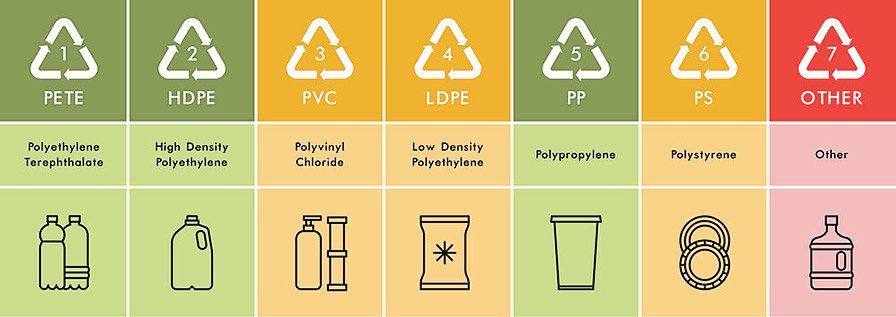
Type of plastic
Picture copyright: 3devo.com3. Support Plastic Bans
Due to the increase number of plastic wastes. Many municipalities around the world have enacted bans on single-use plastic, takeout containers, and plastic bottles. You can support the adoption of such policies in your community. Try to find and support organizations that take suck actions and advise also others about the negative impact of plastic on our oceans.
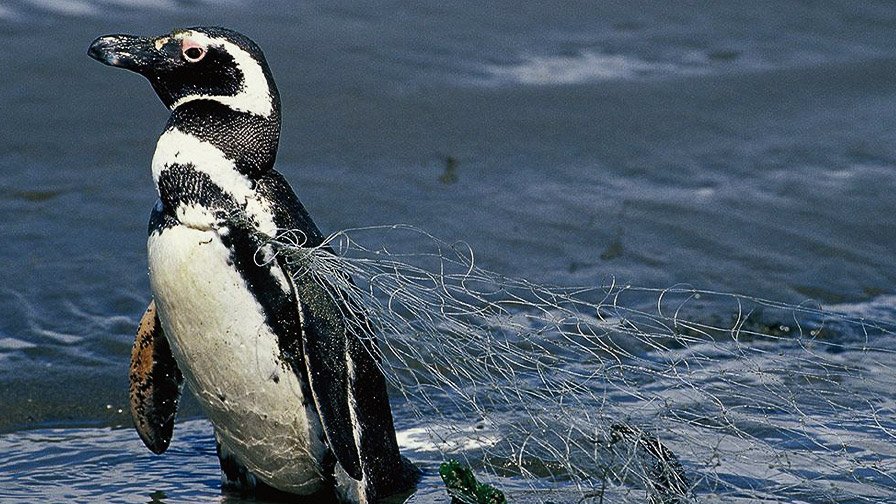
Magellanic penguin cought in fishnet
capetanos.comFacts about plastic
- Half of all plastics ever manufactured so far have been made in the last 15 years.
- In 2015 we were producing 448 million tons of plastic and the production is about to double by the end of 2050.
- 8 million tons of plastic waste escapes into the oceans from coastal nations every year. Imagine that’s the equivalent of setting garbage bags full of plastic on all coastline around the world.
- Plastics often contain additives making them stronger, more flexible, and durable. But many of these additives can extend the life of products. However, this process extends the life of plastic and is presumed to degrade in about 400 years.
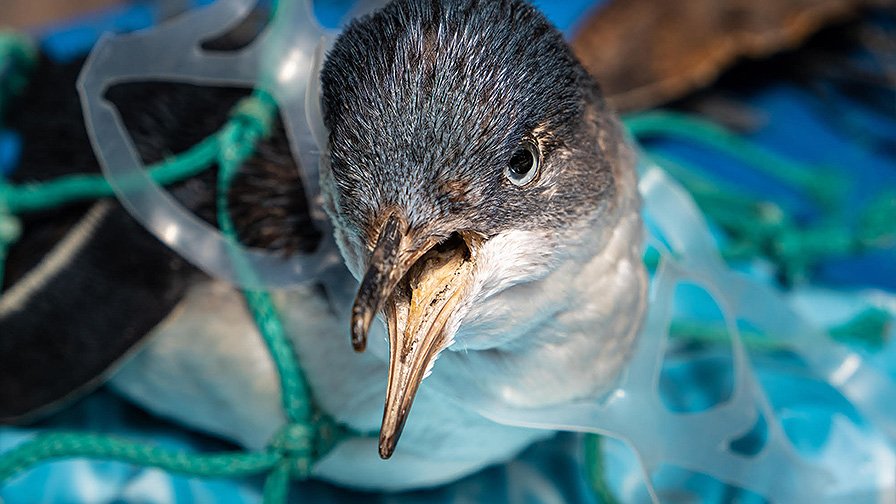
Seabird diet
capetanos.comHarm to marine wildlife
Millions of animals living on or around the ocean are killed by plastics every year, from birds to fish to other marine mammals. Nearly 700 species, including endangered ones, are known to have been affected by plastics and almost all species of seabird eats plastics.
Most of the deaths to animals are caused by entanglement or starvation. Turtles, seals, wales and seabirds are strangled by abandoned fishing nets, or plastic bags, or discarded six-pack rings. Microplastics have been discovered in more than 100 aquatic species, including fish, shrimp, and mussels. In many cases, these tiny bits of degraded plastic pass through the digestive system and are expelled without consequence. But plastics have also been found to have blocked digestive tracts or pierced organs, causing death to marine creatures.
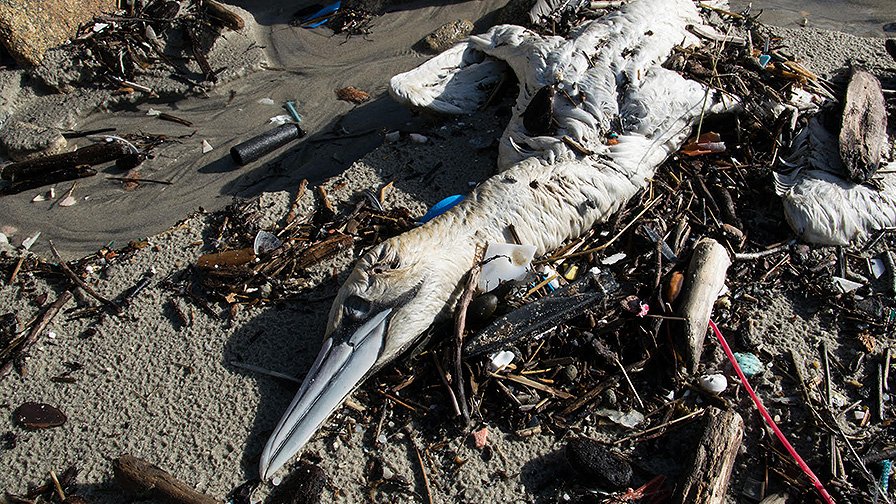
Bird dies from plastic
capetanos.comThe important thing is that we do something, no matter how small it seems. The solution would be to prevent plastic waste to pollute the rivers and oceans and this could be accomplished with better recycling management, more eco-friendly product design and the reduction of manufacturing unnecessary single-use plastics.
